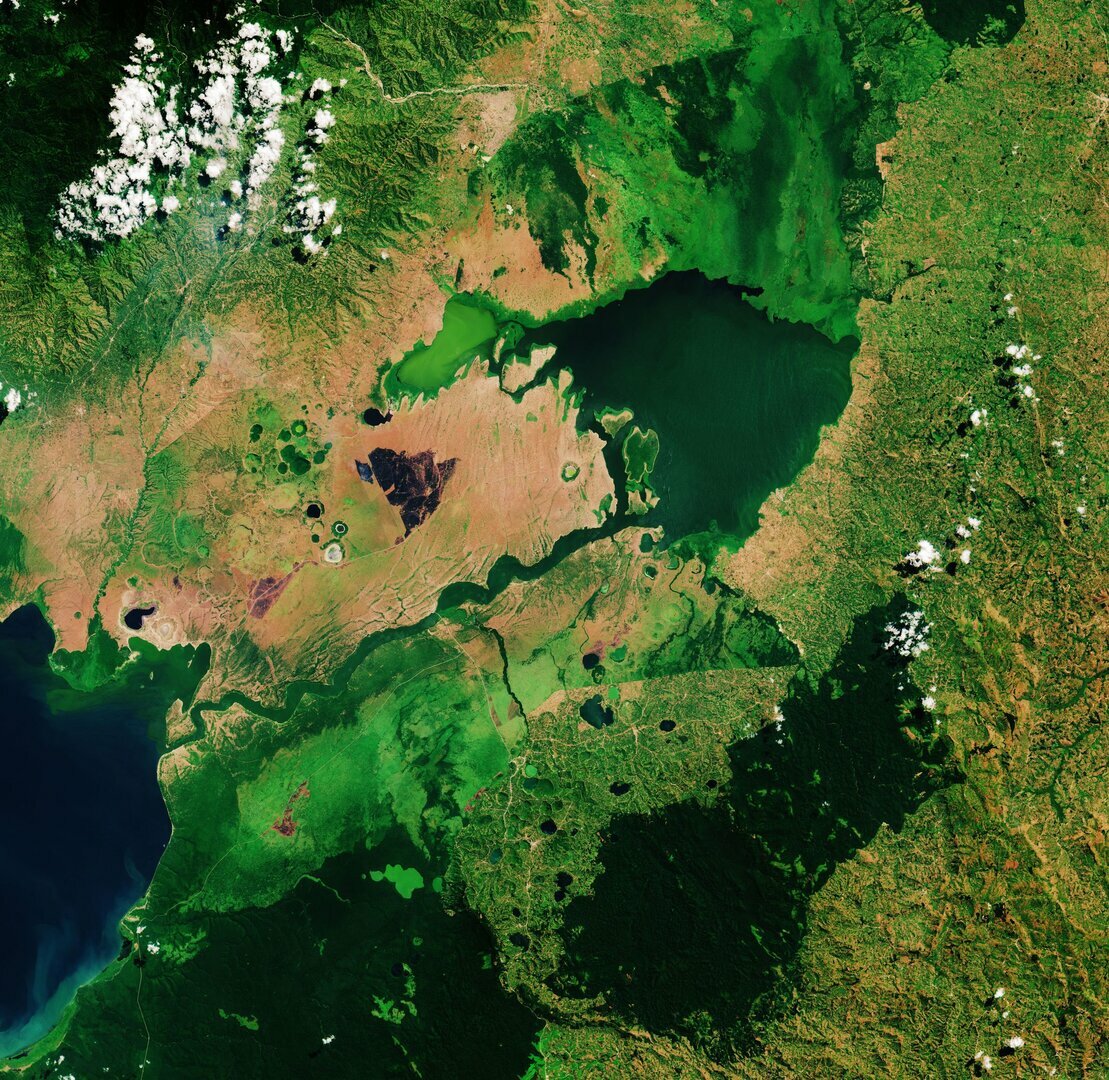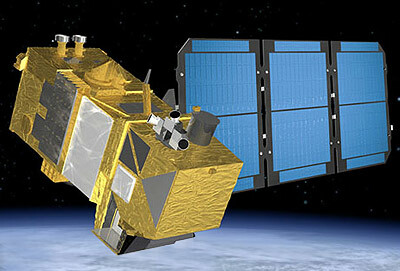World Wetlands Day is celebrated internationally each year on 2 February. It marks the anniversary of the signing of the Convention on Wetlands of International Importance, known as the Ramsar Convention, in Ramsar, Iran, on 1971.
World Wetlands Day raises global awareness about the vital role of wetlands for our planet, paying particular attention to wetland biodiversity. Ramsar sites include 35 wetlands in Russia (the Solovetsky Islands is one of it).

Lake George. Source: https://www.esa.int/ESA_Multimedia/Images/2020/01/Lake_George_Uganda
This Copernicus Sentinel-2 image takes us over Lake George, in western Uganda. In 1988, Lake George was designated as Uganda’s first Ramsar site, given its importance as a centre for biological diversity.
This equatorial lake covers an area of around 250 square km and has an average depth of around 2.4 metres. The wetlands provide a natural living space for a number of mammals including elephants, hippopotamus and antelope and also provide a habitat for over 150 species of birds. Seen from above, the waters of Lake George appear green as a result of the thick concentration of blue-green algae.
Lake George drains through the Kazinga Channel (in the image’s centre), which flows through the Queen Elizabeth National Park. The almost 2000 sq km park is known for its wildlife including the African buffalo and the Nile crocodile and also for its volcanic features.

Sentinel-2 (Airbus Defence and Space). Source: https://space.skyrocket.de/doc_sdat/sentinel-2.htm
Sentinel-2A and Sentinel-2B is a two-satellite mission to supply the coverage and data delivery needed for Europe’s Copernicus programme. The mission’s frequent revisits over the same area and 10-20 m spatial resolution allow changes in inland water bodies to be closely monitored. Two more satellite, Sentinel-2C and Sentinel-2D, will be launched after 2021.